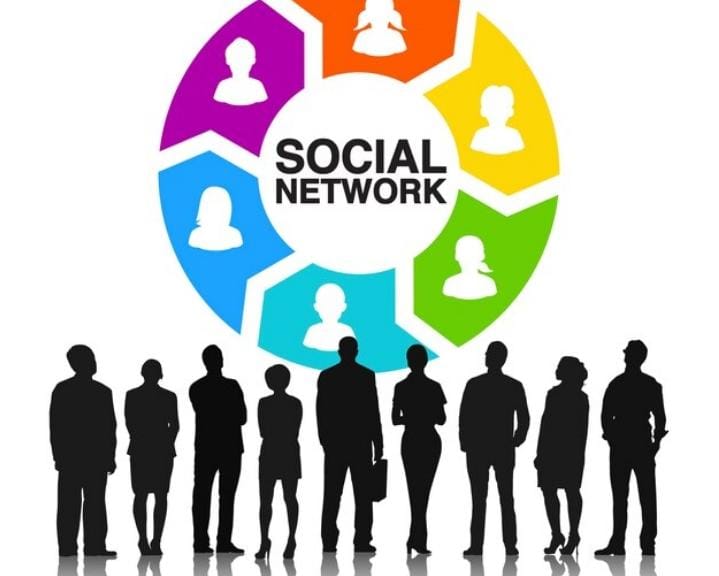The term pragatizacao has been gaining attention in recent discussions around social development, cultural evolution, and policy-making. While it may sound technical or niche, its implications are far-reaching, touching areas from education to community planning. To fully appreciate the depth of pragatizacao, it’s important to explore not just its definition, but also how it shapes real-life strategies and decisions.
What is Pragatizacao?
Pragatizacao refers to the process of driving progressive change through structured, practical steps rather than purely theoretical ideas. Unlike abstract concepts that stay in academic circles, pragatizacao translates vision into action, ensuring that social, economic, and cultural growth happens in a measurable and sustainable way. It focuses on turning aspirations into achievable outcomes.
The Core Principles Behind Pragatizacao
At its heart, pragatizacao relies on three pillars:
-
Practical Implementation – Ideas must be adapted to fit real-world conditions.
-
Progressive Values – Social equity, fairness, and inclusivity guide decisions.
-
Sustainable Growth – Change should last, not just provide short-term solutions.
By aligning these principles, pragatizacao creates a balance between innovation and feasibility, ensuring that development efforts remain grounded in reality.
Why Pragatizacao Matters Today
Modern societies face a unique challenge: rapid technological and cultural shifts combined with deep-rooted inequalities. Pragatizacao offers a framework that blends vision with action, preventing policy paralysis and empty promises. For example, a city aiming to improve public transportation might dream of futuristic systems, but pragatizacao ensures the plan starts with achievable upgrades—expanded bus routes, improved scheduling, and better maintenance—while keeping the long-term vision intact.
Pragatizacao in Education
Education systems worldwide struggle to keep pace with evolving job markets and digital innovation. Through pragatizacao, reforms focus not just on new curricula but on how these changes will be effectively implemented. Teacher training, infrastructure upgrades, and digital resource integration are sequenced logically to avoid disruption. This ensures students benefit from improvements without being caught in constant trial-and-error cycles.
Economic Growth Through Pragatizacao
Economies thrive when change is both visionary and grounded. Pragatizacao helps businesses and governments roll out strategies that improve competitiveness while safeguarding stability. For instance, transitioning to renewable energy can be daunting for industries reliant on fossil fuels. Pragatizacao recommends gradual adoption—starting with hybrid systems, incentivizing clean tech, and phasing in infrastructure changes—to avoid economic shocks.
Cultural and Social Dimensions
Culture evolves organically, but meaningful social change often requires a structured approach. Pragatizacao in cultural policy might involve protecting heritage sites while promoting contemporary arts. In social justice movements, it means pushing for legislative reform in parallel with community-based initiatives. The goal is to move forward without losing cultural identity or creating resistance through overly abrupt change.
The Challenges of Pragatizacao
While pragatizacao offers balance, it is not without challenges. Resistance from vested interests, limited resources, and political instability can slow progress. Critics may argue that gradual change is too slow to address urgent crises. However, supporters counter that without pragatizacao, many ambitious projects collapse under unrealistic expectations or lack of groundwork.
Future of Pragatizacao in Global Development
Looking ahead, pragatizacao is poised to become an essential element of governance, urban planning, and corporate strategy. As the world faces climate change, population growth, and technological disruption, the demand for solutions that are both visionary and executable will only increase. Digital tools, data analytics, and AI could make the pragatizacao process even more precise, ensuring that change is not just aspirational but achievable.
Conclusion
Pragatizacao bridges the gap between vision and reality, ensuring that progress is steady, measurable, and inclusive. Whether in education, economics, or cultural policy, it serves as a roadmap for sustainable growth. In a world often torn between rapid change and cautious tradition, pragatizacao offers the clarity and structure needed to move forward with confidence.



